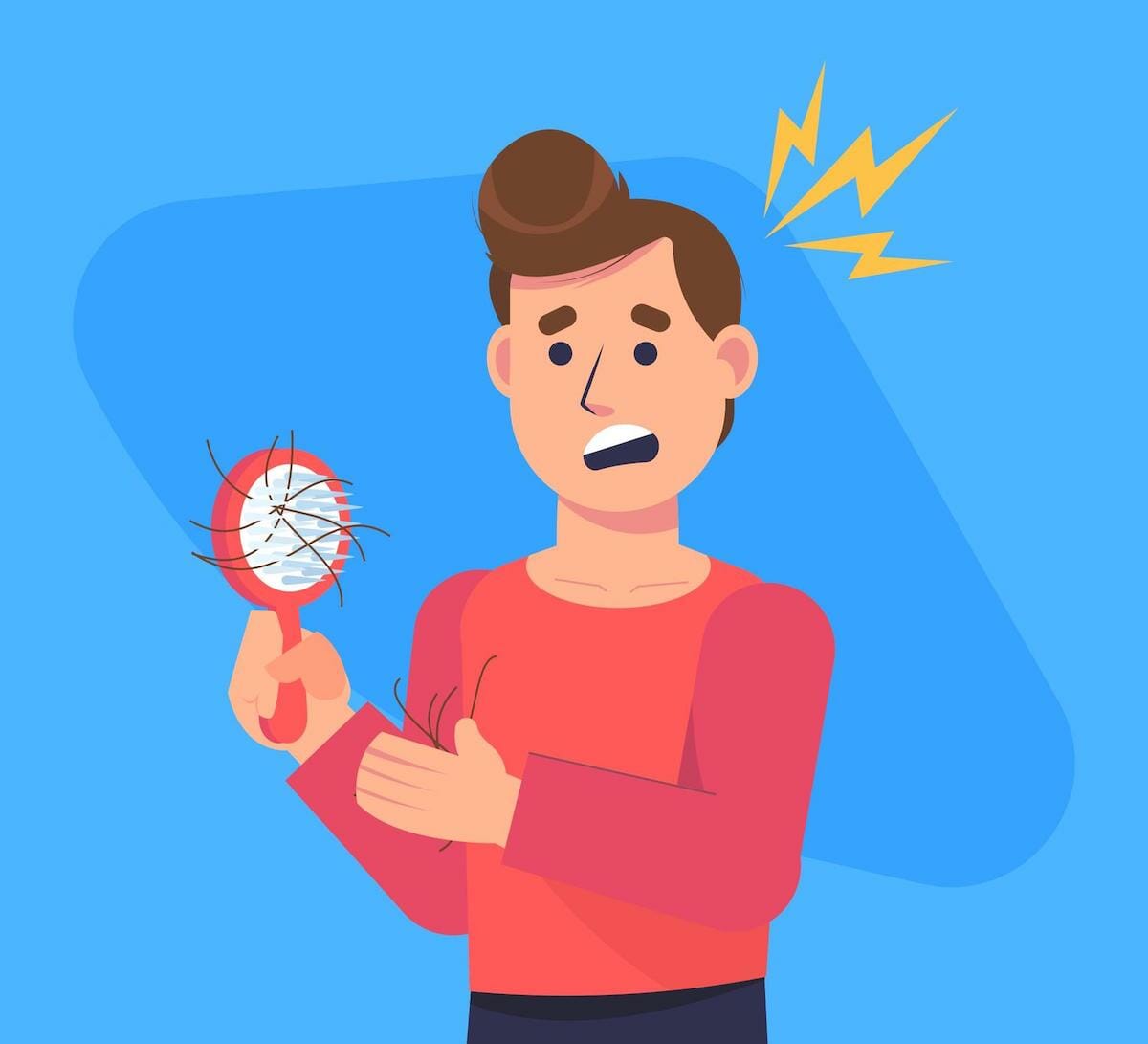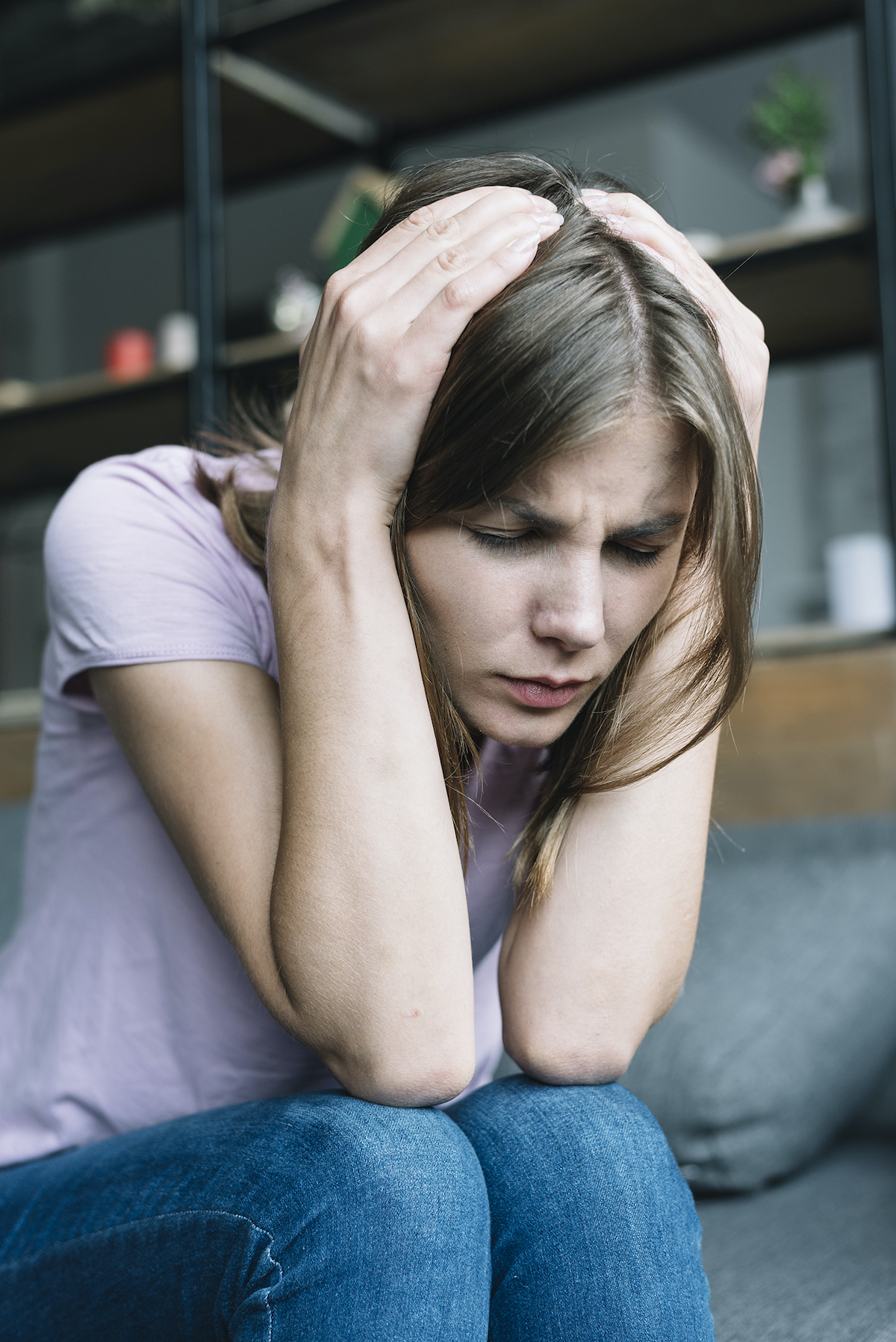As a person ages, the texture of their hair can change. Hair can also become thinner and people may experience hair loss. Different people’s hair changes in different ways as they age.
Hair follicles, which are unique structures that grow hairs, are present in a person’s skin. These follicles can change over time, which can cause a person’s hair to change as they age.
Hair changes can also occur due to environmental exposure and physical stress.
As a person ages, their hair may become less thick and change in texture.
Weathered hair: As people grow older, their hair can become more weathered. This means that several environmental factors can cause damage to the structure of the hair, resulting in hair that is not as shiny, elastic, or as strong as it was previously.
These environmental factors include exposure to:
ultraviolet (UV) light
humidity
wind
chemicals in hair products
chemicals in hair treatments
These factors can impact the growth and texture of individual hair fibers. These factors can also exacerbate the natural decrease in hair density that is related to aging.
African American women and children are more likely to use hair products that companies advertise to moisturize hair, promote hair growth, and chemically relax or straighten hair that is naturally curly.
Over time, these products can cause damage to hair fibers, making the hair more prone to breakage. A person’s hair may also tolerate these chemicals less as the hair ages and becomes less resilient to damage.
Reduced hair diameter: As a person ages, their individual hairs are likely to reduce in diameter. A decrease in hair diameter causes a reduction in tensile hair strength. This makes the hair weaker and more prone to breaking.
The diameter of the hair decreases at different rates and times among different groups of people.
One review states that the diameter of white people’s hair increases until they are around 40 years old. It then plateaus when a person is in their early 40s and proceeds to decrease from then onward.
The same review states that studies have reported a decrease in hair diameter after 40 years of age in Japanese women and after 50 years of age in Korean people.
The review adds that there have been no particular studies into the decrease in the diameter of coily hair.
Reduced hair density: It is typical to lose between 50– 100 hairs each day. The body continually sheds old hair and new hair grows from the follicles. As people age, some follicles may stop producing new hairs, which can cause hair density to decrease.
The density of hair on a person’s head is defined as the number of hair fibers per centimeter (cm). Another name for the reduction in hair density is hair loss.
As people get older and their hair density decreases it can cause their hair to appear thinner. This can lead to baldness developing as hair continues to thin over time.
A person’s hair density often peaks at age 35 and begins to decline after then.
The average density of head hair in those of African descent is less than that of white people and those of Asian descent. As the density decreases with age in those of African descent, people may begin to perceive hair loss after approximately 50% of their hairs are gone.
Can the changes be prevented? The texture of hair changes naturally as a person ages. However, when it comes to hair loss and reduced hair density, there are some medications that a person can take. These medications may reduce a person’s chances of developing hair that is less dense.
The Food and Drug Administration (FDA) approves minoxidil and finasteride as treatments for hair loss. The FDA has also cleared HairMax LaserComb as a possible treatment for hair loss. A person can also help protect to their hair from weathering in a number of ways. These include:
preventing exposure to UV light
preventing exposure to humidity and wind
preventing exposure to chemicals in hair products
preventing exposure to chemicals in some hair treatments
washing their hair the recommended amount with shampoo
conditioning their hair when shampooing
To reduce the chance of developing weathered, damaged hair, a person should focus on caring for their hair.
Haircare tips: There are a number of steps a person can take to care for their hair and reduce their chance of hair damage over time.
Below are some steps that a person may wish to follow:
Frequently wash oily hair. If a person has an oily scalp, then they may need to wash their hair as often as once a day. As a person ages, their scalp produces less oil, meaning they may need to wash it less often over time.
Concentrate on the scalp when shampooing. A person should concentrate on cleaning their scalp with shampoo rather than the entire length of their hairs. Only washing the hair itself can cause it to become dull or coarse.
Use conditioner. Conditioner use can improve the look of damaged hair, improve hair strength, and protect hair from harmful UV rays.
Protect hair when swimming. A person should wet and condition their hair before swimming to help prevent damage from chlorine. A person may also wish to wear a tight-fitting swimming cap in order to prevent hair from coming into contact with the water. After swimming a person should wash and condition their hair to help replace any lost moisture.
Hair color changes: A person’s hair can also become gray as they get older. Melanin is a pigment-producing component that produces melanocyte cells. These cells play a role in the color of a person’s hair. As people get older, they lose melanin. This means they produce less melanocyte cells, which causes their hair to lighten and turn gray as they get older.
Sources: https://www. medicalnewstoday.com/articles/does-hair-texture-change-with-age?
https://pubmed.ncbi.nlm.nih. gov/28396101/
https://pubmed.ncbi.nlm.nih. gov/34307472/
https://www.aad.org/public/ diseases/hair-loss/causes/fall-out
https://www.aad.org/public/ everyday-care/hair-scalp-care/hair/ healthy-hair-tips











